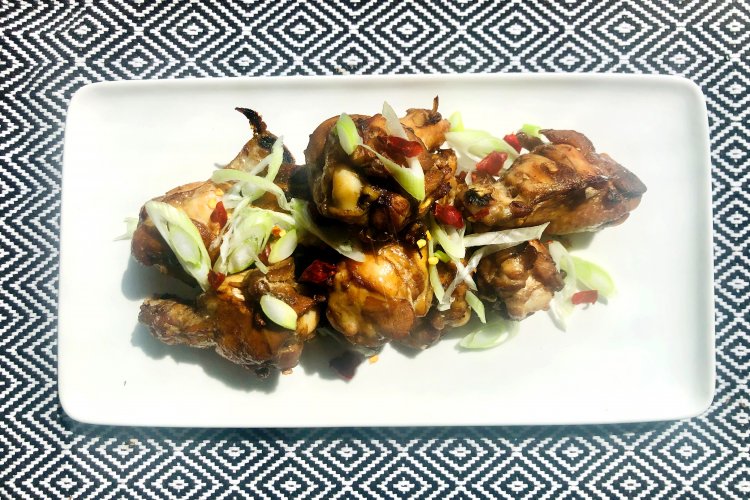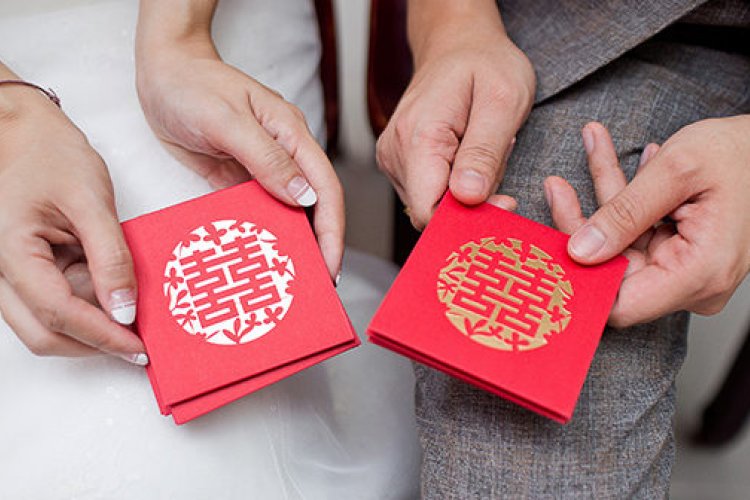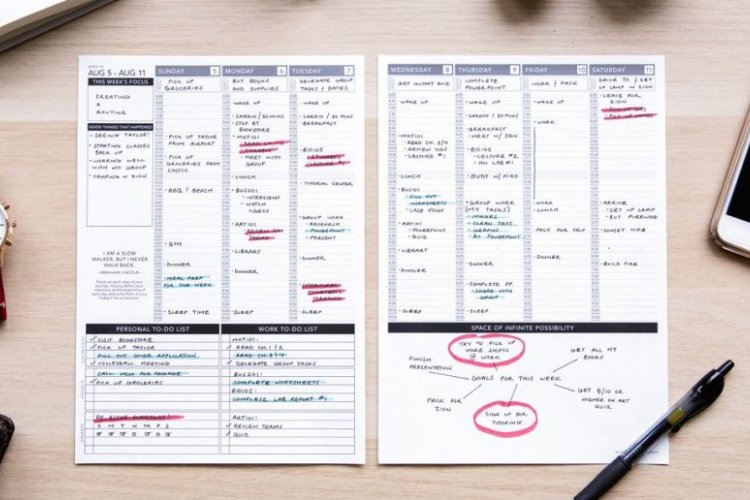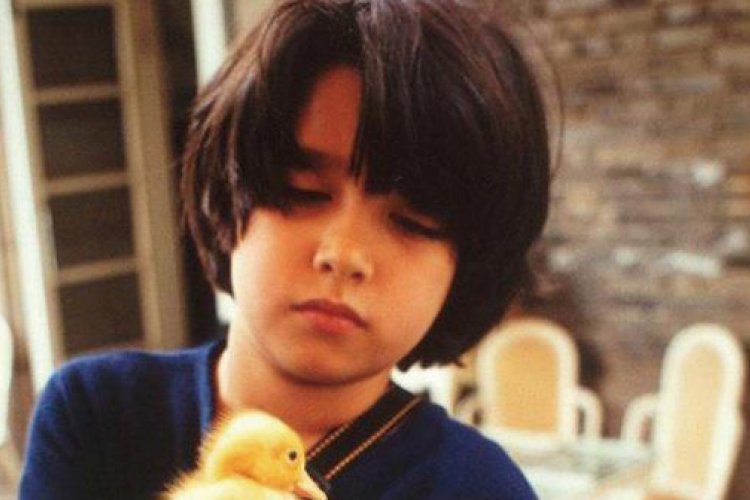Families From Different Cultural Backgrounds Discuss Garbage Classification
The Kennedys are a true expat family, having lived abroad for 16 years, the last six of which have been spent in Beijing. Mom, Amy, works for the Girl Scouts and dad, David, is an IT manager. Meanwhile, their oldest, Avery, is busy studying at university, and their two younger kids, Claire and Luke, attend Western Academy of Beijing.
How did the whole family learn about garbage classification?
Our housing community introduced the new garbage classification system through notices, and we informed ourselves with the signs put up around the new sorting trash bins.
What do you do for garbage classification at home?
We have a bin for non-recyclables, and we also have a bin for recyclables in our home. We usually use a bowl when we have food waste so we can bring it to the community food waste bin.
What questions did you encounter during the process of garbage classification? Which garbage is the most difficult to sort?
Plastics can be difficult, and food-takeaway containers, as they can’t always be recycled if they are contaminated with grease or food residue.
What efforts did the children put into sorting garbage at home?
Our children participate in sorting their garbage within our home system, and they take turns bringing our bins to the community sorting bins when they are filled.
How is the garbage classification done in your own community? What needs to be improved?
It has improved a lot since the implementation of the new sorting system in Beijing – before there were only two bins, residual and recycling. A lot of people still aren’t very aware of the system here. There are some areas where the only option for trash is a residual waste bin with no other options. It would be helpful to have the variety of waste bins for sorting in all key areas around the compound.
Will you talk about environmental protection with your children? What do you talk about?
We try to be conscious of teaching them to pick more sustainable options when possible, and not get unnecessary things that will end up being thrown away quickly. We all make an effort to use reusable storage containers instead of plastic bags for packing food, to reduce our non-recyclable waste.
Have you and your children participated in activities that support environmental protection?
My husband and son are involved in Boy Scouts and they participate in trash clean up events. They are going to be planting trees at a camp-out soon to help efforts to reforest areas. We participated in a clothing swap organized through the Girl Scouts a few years ago, and we always donate or pass on outgrown kids’ clothes. As a family, we try to incorporate a lot of vegetarian meals into our weekly meals, in an effort to reduce our environmental footprint. We would like to start learning more about household composting. We could definitely always be doing more, but we try our best with the little things.

Dad, Lixian Zhang is a book editor and publisher who usually likes to read and watch Sci-Fi movies. Mom, Lei used to be a teacher and is now a stay-at-home mom. Their daughter Muhe is an outgoing and cheerful girl who likes swimming, outings, listening to music, playing with friends, and also loves to eat big strawberries.
How did the whole family learn about garbage classification?
As parents, we are very concerned about the impact of the environment on our children, and environmental protection has always been a practice for family members. In May last year, when Beijing began to implement garbage sorting, we read some articles about it, and watched some short videos about garbage sorting with our daughter to first let her know the different colors and logos of the garbage bins. Since she is only three years and five months old, she can’t fully understand many environmental concepts, but that doesn’t stop her from learning some simple classification of garbage.
What do you do for garbage classification at home?
We play games to practice garbage sorting, such as putting together vegetable leaves, fruit peels, batteries, water bottles, and old stuffed toys together, and then sorting them out by kitchen waste, recyclable waste, hazardous waste, and other waste, to see who can do it correctly.
Our family uses the sorting method of “two cans and one bag” where two trash cans are used to put kitchen waste and other waste respectively. Recyclable waste and harmful waste are put in plastic bags and then put into their own trash cans in different categories, which is convenient and can save space.
But wait, there's more! This blog was originally published on our sister site, Jingkids International.
Click here to continue reading!
Images courtesy of the families
READ: Gassy Garbage: How Beijing Can Turn Its Trash Into Energy







